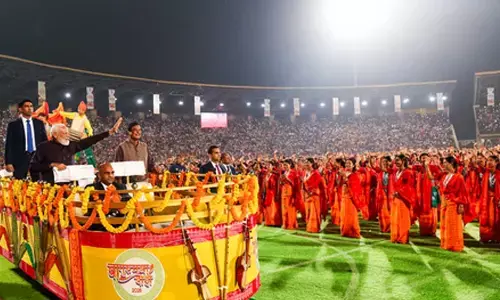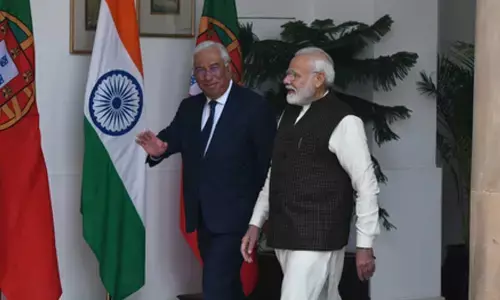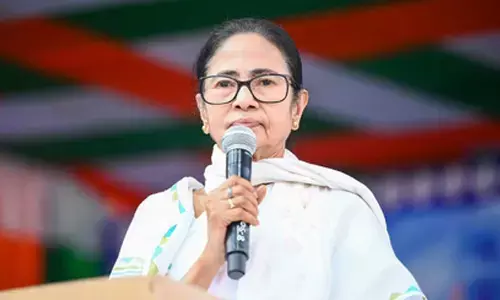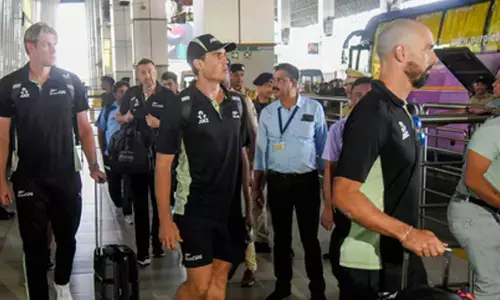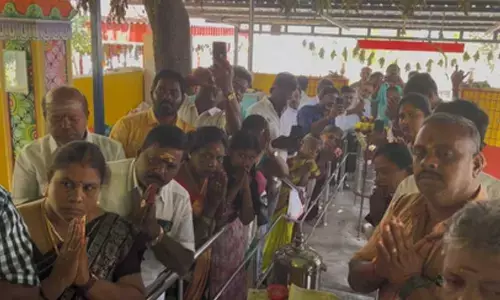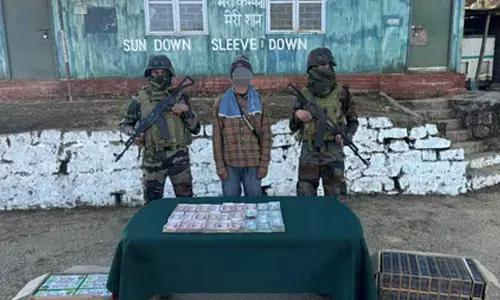When Chittagong was liberated from British
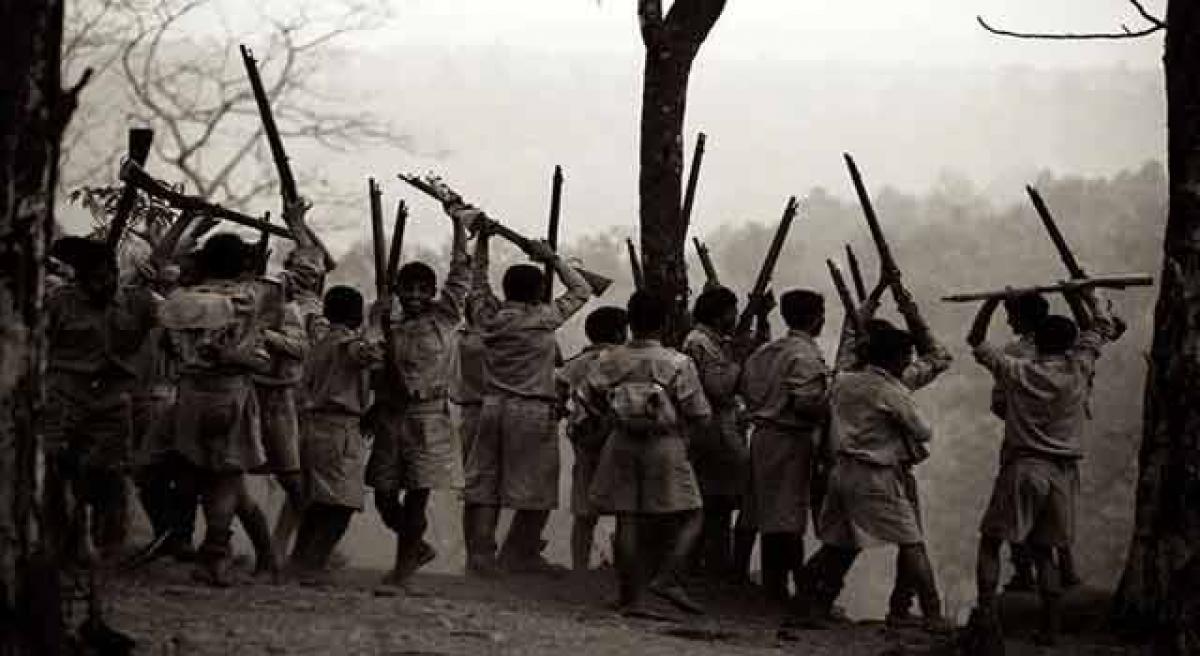
It cost only Rs 18,000 to prepare for the 1930 Chittagong Armoury Raid. That - coupled with steely determination by a ragtag group of patriots - was enough to shake the British in a far corner of India before the attackers were hunted down, tortured and sentenced to long jail terms. This is a moving story of that blood-soaked piece of history, written by the youngest participant who was 14 years o
It cost only Rs 18,000 to prepare for the 1930 Chittagong Armoury Raid. That - coupled with steely determination by a ragtag group of patriots - was enough to shake the British in a far corner of India before the attackers were hunted down, tortured and sentenced to long jail terms. This is a moving story of that blood-soaked piece of history, written by the youngest participant who was 14 years old then.
Subodh Roy was born into an affluent family in Chittagong - his father was a successful lawyer - and had no interest in politics until a friend's brother convinced him that ending the British Raj was more important than building a career.
So, at age 12, Roy became a volunteer at the conference of the Congress party when it was held in the port town (then East Bengal, now in Bangladesh) in 1928. This is where he first met Surya Sen, popularly known as 'Master Da', the later mastermind of the armoury raid.
Roy, who years later became a key figure in the CPI-M, recalls how Surya Sen and his men went about preparing for the Chittagong assault by procuring cars (to transport the attackers), buying illegal arms and manufacturing explosives.
Ironically, for an event that was built on violence, the attack began with the young revolutionaries shouting at those guarding the police armoury: "Bhag jao, abhi Gandhi raja ho gaya!" (Run away, Gandhi has become the king.)
As the armoury was broken open, Surya Sen hoisted the tricolour and declared Chittagong to be independent.
The telephone exchange and the telegraph office in Chittagong town were also destroyed to disrupt the enemy's communication channels. A simultaneous attack was launched on the Auxiliary Force Armoury manned by Anglo-Indians and Europeans. All the rifles and machine guns were captured but, sadly, there were no bullets!
As the meticulously planned attack succeeded, fear gave way to confidence and vacillation and uncertainty gave way to grim determination. But the British showed no mercy. In the final battle on the Jalalabad hill, British machine guns cut down several revolutionaries who had wanted to wage a guerrilla war with the newly captured weapons.
One by one, those who did not die fighting the British were caught, tortured and jailed. A few escaped. Roy was among the 12 transported for life in the Andamans where scorpions and bed bugs were the prisoners' companions.
As fate would have it, the prisoners got Marxist and socialist books to read in the Andamans. Surprisingly, it is the government which provided the books in the hope that the revolutionary prisoners would be better off reading than plotting protests in the prison.
In the process, the British sowed the seeds of communism in the minds of Roy and many others. Freed after eight years in jail, Roy joined the undivided Communist Party of India and, much later, the breakaway CPI-M.
In September 2001, Roy gave the manuscript of this book to a friend with a request that it should be published only after he dies. If you want to know the Chittagong slice of India's history, read this book.
By:MR Narayan Swamy








